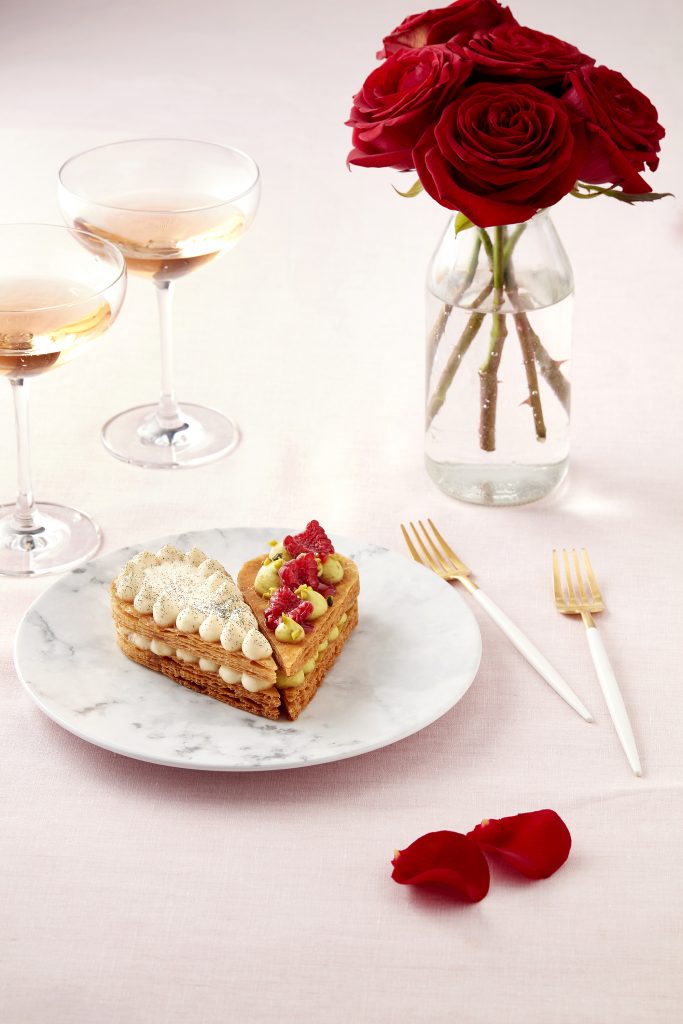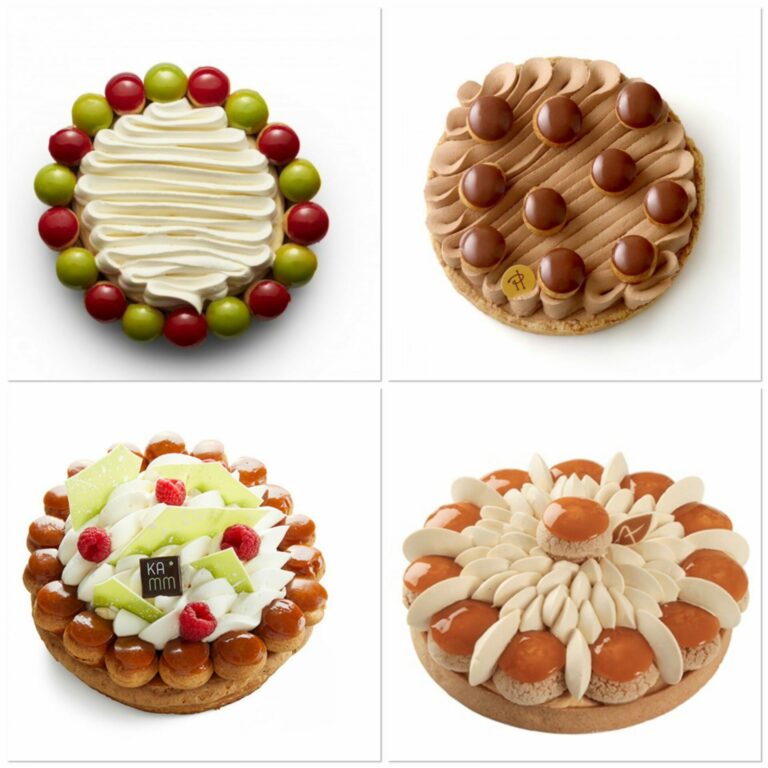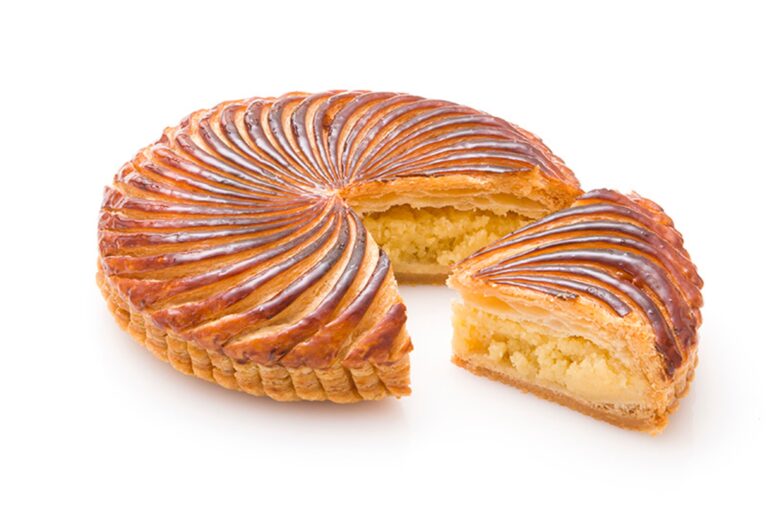At the time, the Roman Emperor Claudius II outlawed holy matrimony between men and women in an effort to push men to join the army (married men were exempt). Imprisoned, the Bishop Valentine fell in love with the jailer’s wife, a young blind women who he gave sight to by miracle. This enraged the emperor, who ordered Bishop Valentine to be executed by beheading.
The legend states that after his death (on February 14), the body of Saint Valentine was stolen, divided, and sent to several countries to bring good luck to couples in love. In Terni, Italy, local inhabitants gather in front of their native son’s remains as a way to renew their vows of love and ask for protection. Every year, the town receives hundreds of letters sent to Saint Valentine. Another legend connects Saint Valentine to ancient pagan festivals held at the same time of year to mark the early signs of spring. During these festivals, rams were ritually sacrificed and women lashed with leather whips to make them more fertile. In 1496, to Christianize these rituals, Pope Alexander VI named Saint Valentine the patron saint of love.
During the Middle Ages, on the other side of the Channel, having a “valentine” became a tradition among English aristocracy. A young woman and a young man were paired together, and during the entire day these two “valentines” had to romance each other in secret. In the 18th century, the custom of sending “valentines” spread throughout the entire British population, and then crossed the Atlantic to North America where it became “Valentine’s Day”. The event has fostered an entire industry of greeting cards. The custom came to continental Europe with the GIs at the end of the World War II. Today, one French person in three celebrates Valentine’s Day (according to a 2016 survey). Dinner at a restaurant, a bouquet of roses, chocolate hearts, and the color red express the intensity, seduction, and passion that always win favor.
In Japan, women offer chocolates to men according to very specific rules. To their boyfriend or husband, they give “honmei choco” or “chocolates for their favorite”. To their colleagues or boss, they give “giri choco” or “chocolates out of obligation”. This custom has inspired several manga, where the main female character prepares homemade chocolates for her soulmate.
At Relais & Desserts:
Richard Sève created a simple red and pink heart garnished with Piedmont hazelnut pralines.

Vincent Guerlais prefers humor with an all-chocolate red heart trapped in a cage.

Maison Lenôtre offers a heart-shaped mille-feuille made with vanilla cream, raspberry-pistachio, or chocolate-passion petals.

Caroline Mignot



